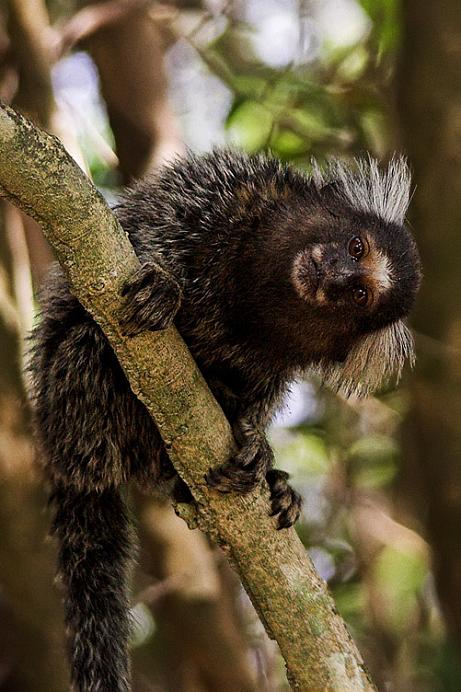|
|
| More than 1,200 new species of plants and vertebrates have been discovered in the Amazon over the past decade - a new species every three days - according to a new WWF report, Amazon Alive! that summarises discoveries between 1999 and 2009. The new species include 637 plants, 257 fish, 216 amphibians, 55 reptiles, 16 birds and 39 mammals, confirming that the Amazon is one of the most diverse places on Earth. This is the Rio Acari Marmoset discovered in 2000. |
New species discovered in the Amazon every three days
Louise Gray, Environment Correspondent
October 26, 2010
More than 1,200 species have been discovered in the Amazon over the past decade, including giant snakes, colourful frogs and tiger-striped tarantulas, according to the WWF.
A blind and tiny, bright red new species of catfish that lives mainly in subterranean waters was discovered Photo: WWF
The World Wildlife Fund (WWF) counted the number of new discoveries between 1999 and 2009 to highlight the one of the most diverse areas on Earth.
The report Amazon Alive! found some 1,200 new species of plants and vertebrates have been discovered in the area over ten years, a new species every three days.
The new species include 637 plants, 257 fish, 216 amphibians, 55 reptiles, 16 birds and 39 mammals, confirming that the Amazon is one of the most diverse places on Earth.
Among the findings are the first new species of anaconda identified since 1936, a frog with a ‘burst of flames’ on its head, a parrot with a bald head, a pink river dolphin, a bright red blind catfish and a tiger-striped tarantula.
Sarah Hutchison, WWF-UK forest programme manager for Brazil, said all the species were at risk of deforestation.
She pointed out that in the last 50 years humankind has caused the destruction of at least 17 per cent of the Amazon rainforest, an area twice the size of Spain.
“The rate of discovery of new species is astounding – and does not even include insect groups where the discoveries are almost too many to count. This report shows the incredible diversity of life in the Amazon, and we need urgent and immediate action if it is to survive,” she said.
The report was released as 190 countries meet in Japan for a key United Nations summit on how to protect the world's wildlife.
Louise Gray, Environment Correspondent
Source: The Telegraph (UK)
